Peanuts are a delicious and versatile ingredient that can be found in many traditional Korean dishes. Known as “kkong” in Korean, peanuts have been a popular addition to Korean cuisine for centuries and are loved for their unique flavor and nutritional benefits. From savory dishes to sweet treats, peanuts play a significant role in Korean culinary culture.
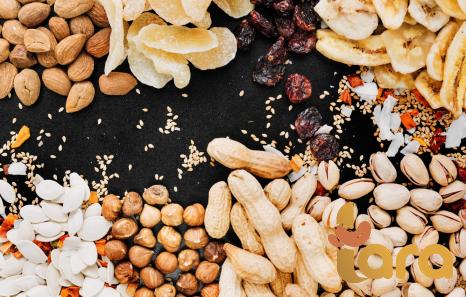
.
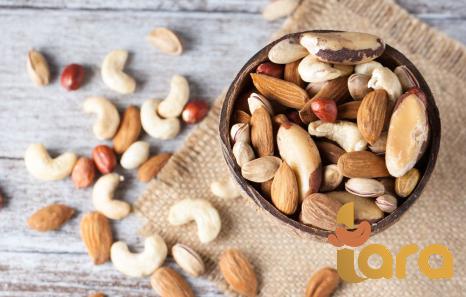 Let’s explore the rich history and diverse uses of peanuts in Korean cuisine. Korean cuisine is deeply rooted in tradition and history, with many dishes incorporating a wide variety of ingredients to create complex and flavorful dishes. Peanuts are no exception, as they bring a nutty and slightly sweet taste to many Korean recipes. One of the most popular ways peanuts are used in Korean cooking is in side dishes and banchan, the small dishes served alongside the main course in a traditional Korean meal. One classic Korean peanut dish is Kongjang, a type of braised peanuts that are cooked in a sweet and savory soy-based sauce. Kongjang is a beloved banchan that is often served as part of a Korean meal to add a touch of sweetness and texture. The peanuts are simmered in a mixture of soy sauce, sugar, garlic, and other seasonings until they are tender and flavorful. The result is a dish that is both sticky and slightly chewy, with a rich umami taste that is sure to please. In addition to banchan, peanuts are also commonly used in Korean noodle dishes such as Japchae, which is a popular dish made with sweet potato noodles, vegetables, and a variety of protein sources, including peanuts. The peanuts add a crunchy texture and nutty flavor to the dish, which pairs perfectly with the chewy noodles and savory vegetables. Japchae is a popular dish for celebrations and special occasions in Korea, and the addition of peanuts elevates the dish to a whole new level of deliciousness. Peanuts are also a common ingredient in Korean salads, adding a crunchy texture and nutty flavor to fresh and vibrant vegetable dishes. One popular Korean salad that features peanuts is Kongnamul Muchim, a salad made with seasoned soybean sprouts, cucumbers, and other fresh vegetables. Peanuts are often sprinkled on top of the salad to add a satisfying crunch and a hint of sweetness. The combination of flavors and textures in Kongnamul Muchim makes it a refreshing and satisfying dish that is perfect for a light lunch or as a side dish to a larger meal. In addition to savory dishes, peanuts are also used in a variety of Korean desserts and snacks. One popular Korean snack that features peanuts is Yakgwa, a traditional honey cookie that is deep-fried and then coated in a sweet syrup made from honey, sugar, and sesame oil.
Let’s explore the rich history and diverse uses of peanuts in Korean cuisine. Korean cuisine is deeply rooted in tradition and history, with many dishes incorporating a wide variety of ingredients to create complex and flavorful dishes. Peanuts are no exception, as they bring a nutty and slightly sweet taste to many Korean recipes. One of the most popular ways peanuts are used in Korean cooking is in side dishes and banchan, the small dishes served alongside the main course in a traditional Korean meal. One classic Korean peanut dish is Kongjang, a type of braised peanuts that are cooked in a sweet and savory soy-based sauce. Kongjang is a beloved banchan that is often served as part of a Korean meal to add a touch of sweetness and texture. The peanuts are simmered in a mixture of soy sauce, sugar, garlic, and other seasonings until they are tender and flavorful. The result is a dish that is both sticky and slightly chewy, with a rich umami taste that is sure to please. In addition to banchan, peanuts are also commonly used in Korean noodle dishes such as Japchae, which is a popular dish made with sweet potato noodles, vegetables, and a variety of protein sources, including peanuts. The peanuts add a crunchy texture and nutty flavor to the dish, which pairs perfectly with the chewy noodles and savory vegetables. Japchae is a popular dish for celebrations and special occasions in Korea, and the addition of peanuts elevates the dish to a whole new level of deliciousness. Peanuts are also a common ingredient in Korean salads, adding a crunchy texture and nutty flavor to fresh and vibrant vegetable dishes. One popular Korean salad that features peanuts is Kongnamul Muchim, a salad made with seasoned soybean sprouts, cucumbers, and other fresh vegetables. Peanuts are often sprinkled on top of the salad to add a satisfying crunch and a hint of sweetness. The combination of flavors and textures in Kongnamul Muchim makes it a refreshing and satisfying dish that is perfect for a light lunch or as a side dish to a larger meal. In addition to savory dishes, peanuts are also used in a variety of Korean desserts and snacks. One popular Korean snack that features peanuts is Yakgwa, a traditional honey cookie that is deep-fried and then coated in a sweet syrup made from honey, sugar, and sesame oil.
..
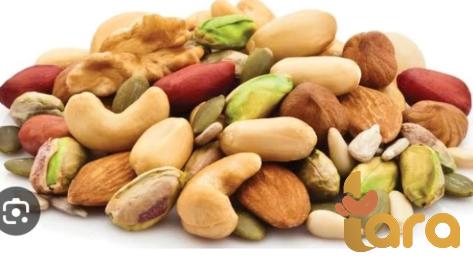 Peanuts are often added to the cookie dough to give it a rich and nutty flavor that pairs perfectly with the sweet syrup coating. Yakgwa is a beloved Korean treat that is often enjoyed during holidays and special occasions. Another popular Korean dessert that features peanuts is Patbingsu, a shaved ice dessert that is topped with a variety of sweet toppings, including red bean paste, fruit, and, of course, peanuts. The peanuts add a crunchy texture and nutty flavor to the dessert, which is perfect for cooling off on a hot summer day. Patbingsu is a popular dessert in Korea and can be found at many Korean cafes and dessert shops. Peanuts are not only delicious but also nutritious, making them a great addition to a balanced diet. Peanuts are a good source of protein, healthy fats, and fiber, making them a satisfying and filling snack. They are also packed with essential vitamins and minerals, including vitamin E, magnesium, and potassium. Incorporating peanuts into your diet can help support heart health, aid in weight management, and boost energy levels. In conclusion, peanuts are a versatile and delicious ingredient that plays a significant role in Korean cuisine. From savory side dishes to sweet desserts, peanuts are used in a variety of dishes to add flavor, texture, and nutritional benefits. Whether you are enjoying a traditional Korean meal or looking for a tasty snack, peanuts are sure to satisfy your cravings and add a touch of Korean flavor to your table. So why not try incorporating peanuts into your next Korean-inspired dish and experience the rich and diverse flavors of Korean cuisine. The versatility of peanuts in Korean cuisine is truly remarkable, as they can be used in a wide range of dishes to add depth of flavor and texture. Whether roasted, boiled, or ground into a paste, peanuts bring a unique nuttiness that complements both sweet and savory dishes. One favorite Korean street food that features peanuts is Hotteok, a sweet pancake filled with a mixture of sugar, honey, cinnamon, and crushed peanuts. This delicious treat is popular during the winter months and is enjoyed for its warm and comforting flavors. Peanuts are also a key ingredient in Korean barbecue marinades, adding a nutty undertone to the rich and savory grilled meats. The peanuts can be ground into a paste and mixed with soy sauce, sesame oil, garlic, and other seasonings to create a flavorful marinade for beef, pork, or chicken.
Peanuts are often added to the cookie dough to give it a rich and nutty flavor that pairs perfectly with the sweet syrup coating. Yakgwa is a beloved Korean treat that is often enjoyed during holidays and special occasions. Another popular Korean dessert that features peanuts is Patbingsu, a shaved ice dessert that is topped with a variety of sweet toppings, including red bean paste, fruit, and, of course, peanuts. The peanuts add a crunchy texture and nutty flavor to the dessert, which is perfect for cooling off on a hot summer day. Patbingsu is a popular dessert in Korea and can be found at many Korean cafes and dessert shops. Peanuts are not only delicious but also nutritious, making them a great addition to a balanced diet. Peanuts are a good source of protein, healthy fats, and fiber, making them a satisfying and filling snack. They are also packed with essential vitamins and minerals, including vitamin E, magnesium, and potassium. Incorporating peanuts into your diet can help support heart health, aid in weight management, and boost energy levels. In conclusion, peanuts are a versatile and delicious ingredient that plays a significant role in Korean cuisine. From savory side dishes to sweet desserts, peanuts are used in a variety of dishes to add flavor, texture, and nutritional benefits. Whether you are enjoying a traditional Korean meal or looking for a tasty snack, peanuts are sure to satisfy your cravings and add a touch of Korean flavor to your table. So why not try incorporating peanuts into your next Korean-inspired dish and experience the rich and diverse flavors of Korean cuisine. The versatility of peanuts in Korean cuisine is truly remarkable, as they can be used in a wide range of dishes to add depth of flavor and texture. Whether roasted, boiled, or ground into a paste, peanuts bring a unique nuttiness that complements both sweet and savory dishes. One favorite Korean street food that features peanuts is Hotteok, a sweet pancake filled with a mixture of sugar, honey, cinnamon, and crushed peanuts. This delicious treat is popular during the winter months and is enjoyed for its warm and comforting flavors. Peanuts are also a key ingredient in Korean barbecue marinades, adding a nutty undertone to the rich and savory grilled meats. The peanuts can be ground into a paste and mixed with soy sauce, sesame oil, garlic, and other seasonings to create a flavorful marinade for beef, pork, or chicken.
…
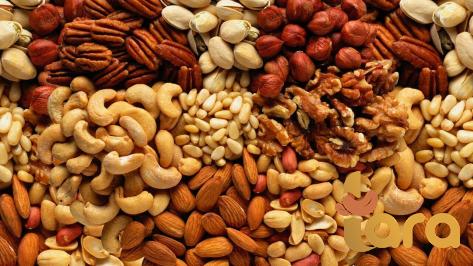 The resulting dish is a harmonious blend of smoky, sweet, and nutty flavors that is sure to delight your taste buds. In Korean cuisine, peanuts are often paired with other ingredients to create a symphony of flavors and textures. One popular dish that showcases this pairing is Kongguksu, a cold noodle soup made with ground peanuts and soybeans. The creamy peanut sauce is poured over cold noodles and topped with fresh vegetables, creating a refreshing and satisfying dish that is perfect for summer. This dish is not only delicious but also a good source of plant-based protein and essential nutrients. Another beloved Korean dish that features peanuts is Gamjajorim, a braised potato dish that is cooked in a savory soy-based sauce with carrots and, you guessed it, peanuts. The addition of peanuts to this dish adds a delightful crunch and a hint of sweetness that complements the earthy flavors of the potatoes and carrots. Gamjajorim is a comforting and hearty dish that is often enjoyed as a side dish with rice or as part of a larger Korean meal. Peanuts are also a popular ingredient in Korean stews and soups, adding a rich and nutty flavor to the broths and sauces. One classic Korean stew that features peanuts is Doenjang Jjigae, a hearty and savory soybean paste stew that is often cooked with tofu, vegetables, and, of course, peanuts. The peanuts add a depth of flavor and richness to the stew, making it a satisfying and comforting dish that is perfect for cold winter days. In Korean street food culture, peanuts are often used as a topping for savory pancakes and fritters, adding a crunchy texture and nutty flavor to these popular snacks. Tteokbokki, a spicy rice cake dish, is often garnished with crushed peanuts to add a contrast of textures and flavors. The peanuts provide a satisfying crunch that complements the chewy texture of the rice cakes and the spicy sauce, creating a delicious and addicting snack that is enjoyed by people of all ages. Peanuts are a beloved and versatile ingredient in Korean cuisine that adds a unique and delightful taste to a wide variety of dishes. Whether you are in the mood for a comforting stew, a refreshing salad, or a sweet dessert, peanuts can elevate your culinary experience and transport you to the vibrant and flavorful world of Korean food. So why not incorporate peanuts into your next Korean-inspired meal and savor the rich and delicious flavors that this humble ingredient has to offer.
The resulting dish is a harmonious blend of smoky, sweet, and nutty flavors that is sure to delight your taste buds. In Korean cuisine, peanuts are often paired with other ingredients to create a symphony of flavors and textures. One popular dish that showcases this pairing is Kongguksu, a cold noodle soup made with ground peanuts and soybeans. The creamy peanut sauce is poured over cold noodles and topped with fresh vegetables, creating a refreshing and satisfying dish that is perfect for summer. This dish is not only delicious but also a good source of plant-based protein and essential nutrients. Another beloved Korean dish that features peanuts is Gamjajorim, a braised potato dish that is cooked in a savory soy-based sauce with carrots and, you guessed it, peanuts. The addition of peanuts to this dish adds a delightful crunch and a hint of sweetness that complements the earthy flavors of the potatoes and carrots. Gamjajorim is a comforting and hearty dish that is often enjoyed as a side dish with rice or as part of a larger Korean meal. Peanuts are also a popular ingredient in Korean stews and soups, adding a rich and nutty flavor to the broths and sauces. One classic Korean stew that features peanuts is Doenjang Jjigae, a hearty and savory soybean paste stew that is often cooked with tofu, vegetables, and, of course, peanuts. The peanuts add a depth of flavor and richness to the stew, making it a satisfying and comforting dish that is perfect for cold winter days. In Korean street food culture, peanuts are often used as a topping for savory pancakes and fritters, adding a crunchy texture and nutty flavor to these popular snacks. Tteokbokki, a spicy rice cake dish, is often garnished with crushed peanuts to add a contrast of textures and flavors. The peanuts provide a satisfying crunch that complements the chewy texture of the rice cakes and the spicy sauce, creating a delicious and addicting snack that is enjoyed by people of all ages. Peanuts are a beloved and versatile ingredient in Korean cuisine that adds a unique and delightful taste to a wide variety of dishes. Whether you are in the mood for a comforting stew, a refreshing salad, or a sweet dessert, peanuts can elevate your culinary experience and transport you to the vibrant and flavorful world of Korean food. So why not incorporate peanuts into your next Korean-inspired meal and savor the rich and delicious flavors that this humble ingredient has to offer.

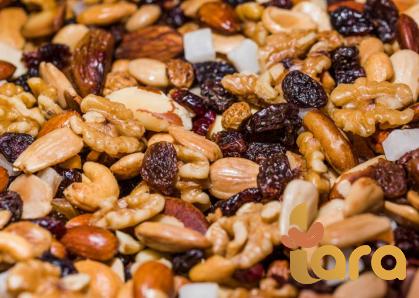
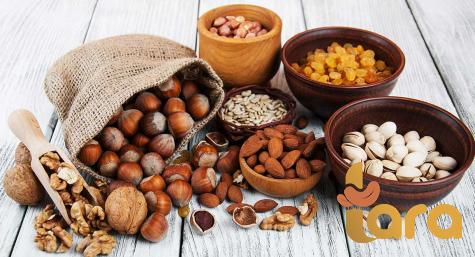
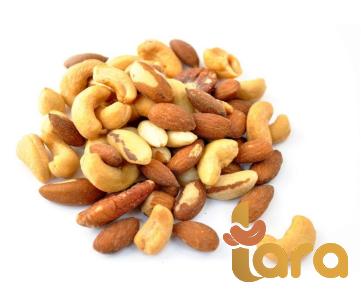
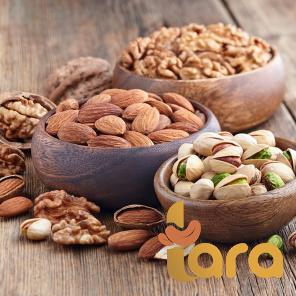
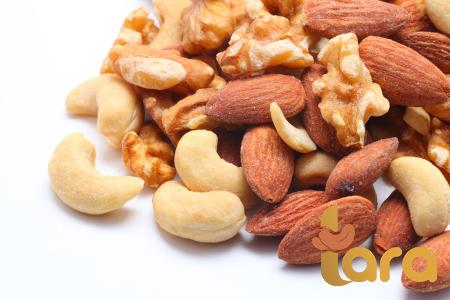
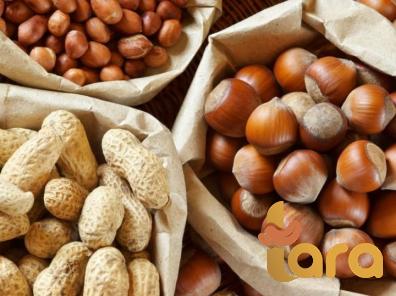
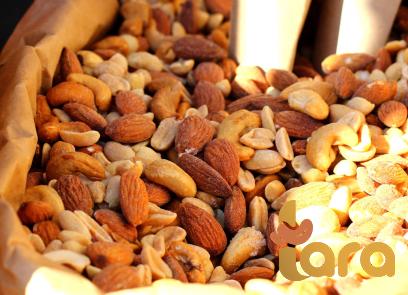
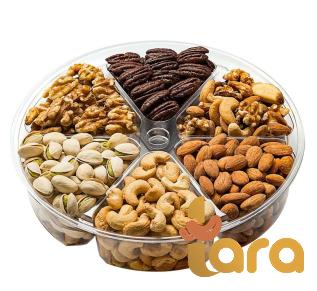
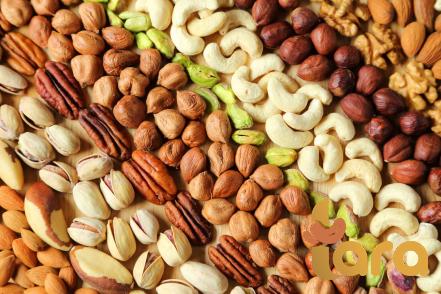
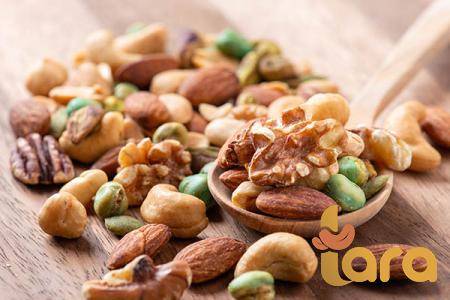
Your comment submitted.